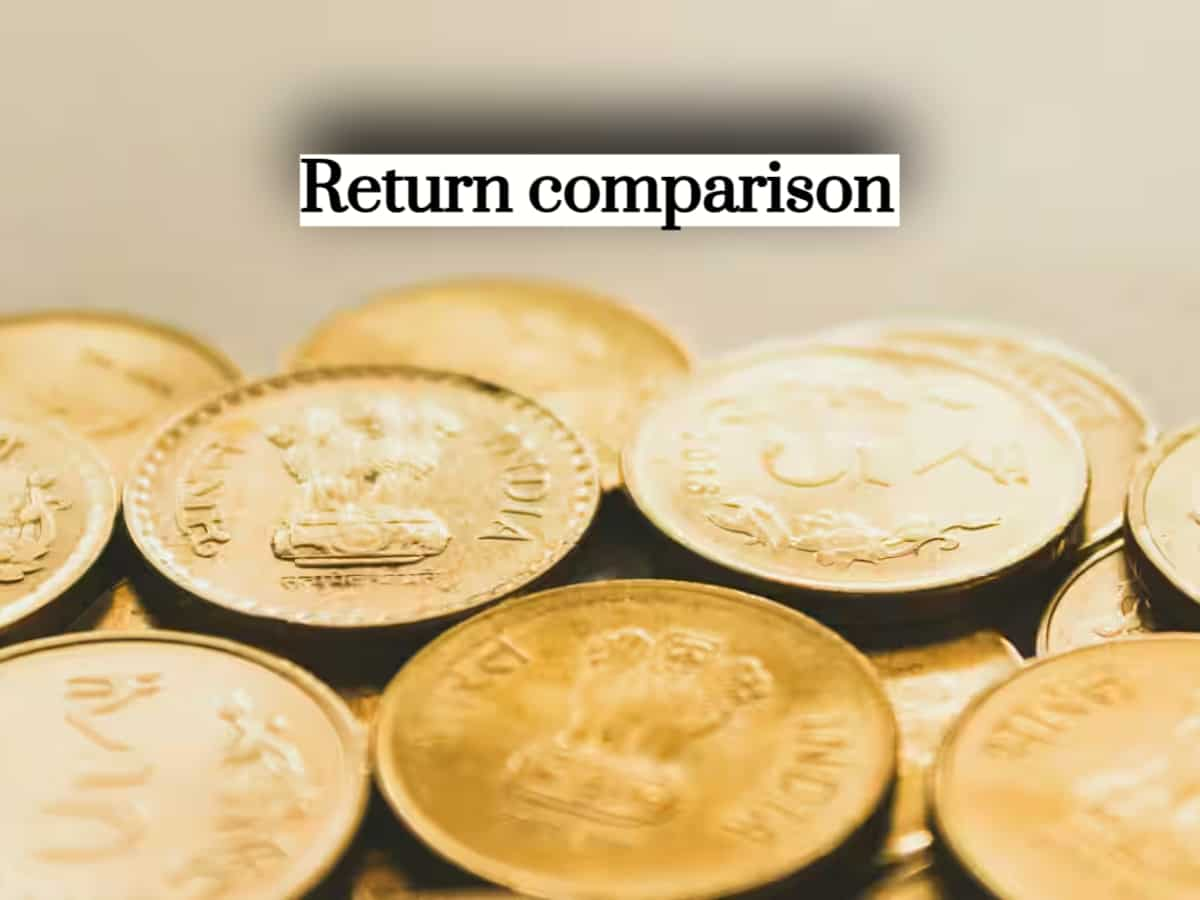Systematic Investment Plans (SIPs) and the Public Provident Fund (PPF) are two prominent choices for individuals seeking long-term savings and wealth creation. Both investment options offer distinct advantages, catering to different risk appetites and financial goals. This article compares SIP and PPF returns for an annual investment of Rs 1.3 lakh to determine which can generate a larger corpus.
SIP: Market-Linked Growth with Potentially High Returns
SIPs involve disciplined investments in mutual funds, where a fixed amount is debited regularly from the investor’s account. While SIPs offer the potential for substantial returns, they are subject to market volatility and risks.
How SIP Works:
- Fixed amounts are invested periodically, allowing for disciplined savings.
- Returns are influenced by the Net Asset Value (NAV) of the selected mutual fund.
- Compounding and market growth over time amplify returns.
Example: SIP Returns
- Monthly Investment: Rs 10,850
- Total Invested Amount: Rs 19,53,000
- Total Interest Earned: Rs 35,21,650
- Maturity Value: Rs 54,74,650
SIPs, driven by market performance, can yield a robust corpus, ideal for investors comfortable with market risks.
PPF: Government-Backed Security and Steady Growth
PPF is a low-risk investment option, offering guaranteed returns and tax benefits. Backed by the government, it’s suited for risk-averse individuals seeking a stable saving tool.
Key Features of PPF:
- Interest Rate: 7.1% per annum (compounded annually).
- Lock-in Period: 15 years, extendable in 5-year blocks.
- Annual Investment Limit: Rs 500 to Rs 1.5 lakh.
Example: PPF Returns
- Total Invested Amount: Rs 19,50,000
- Total Interest Earned: Rs 15,75,781
- Maturity Value: Rs 35,25,781
PPF offers security and tax-free returns, albeit with a lower growth trajectory compared to SIPs.
SIP vs PPF: The Key Takeaway
- Higher Returns: SIPs have the potential for a larger corpus but involve market-linked risks.
- Secure Growth: PPF ensures safety and steady returns, ideal for conservative investors.
Conclusion:
- For those willing to embrace market risks, SIPs can generate a higher corpus over time.
- For individuals prioritizing safety and tax efficiency, PPF is a more secure choice.
Disclaimer: This comparison is for informational purposes. Investment decisions should align with individual financial goals, risk tolerance, and investment horizon.



